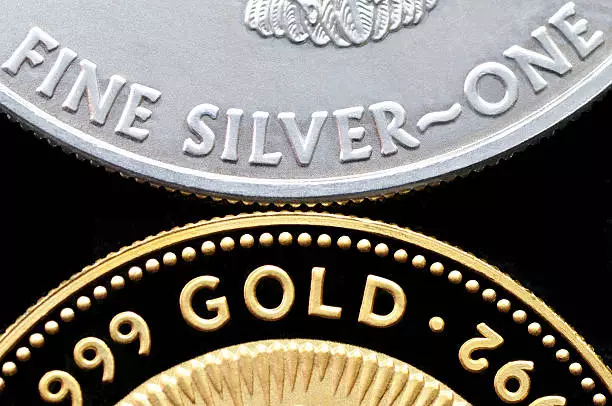As geopolitical tensions continue to escalate in both the Middle East and Asia, investors are turning to safe-haven assets such as gold and silver. The recent news of a potential conflict on the northern border between Lebanon and Israel has sparked renewed demand for these precious metals. The implications of a wider conflict could have significant impacts on global growth and inflation, prompting investors to seek out assets that are traditionally viewed as being more stable in times of uncertainty.
In light of these geopolitical developments, both gold and silver prices have been on the rise. The safe-haven allure of these metals has once again come to the forefront, with investors looking to hedge their portfolios against potential risks. Additionally, the ongoing purchases of gold by various central banks further support the demand for these precious metals. Central banks see gold as a way to protect against geopolitical uncertainty and potential sanctions, leading to an increase in gold reserves among these institutions.
Another factor contributing to the rise in gold and silver prices is the renewed optimism for rate cuts from the Federal Reserve. Recent data, such as the decline in retail sales, has raised expectations for potential monetary policy easing. The market will be closely watching for any comments from Federal Reserve policymakers that could offer further insight into the direction of interest rates. The strength of the US dollar will also play a crucial role in determining the movement of gold and silver prices in the coming days.
Gold prices have been experiencing volatile price action, with the 2300 level acting as a key support. The precious metal has been making higher highs and higher lows, approaching the resistance level of 2350. Silver, on the other hand, has shown a clean technical setup, bouncing off an ascending trendline and nearing a two-week high. The metal faces a descending trendline that could dictate its next move, with potential for a retest of previous highs or a return to support levels.
Looking ahead, the focus will shift to US economic data, including PMI figures for the service and manufacturing sectors. Comments from Federal Reserve policymakers will also be closely monitored for any clues about future monetary policy decisions. As geopolitical tensions persist, the demand for safe-haven assets like gold and silver is likely to remain strong, reflecting the uncertainty in global markets. Investors will need to carefully assess the evolving geopolitical landscape and its potential impact on financial markets.

